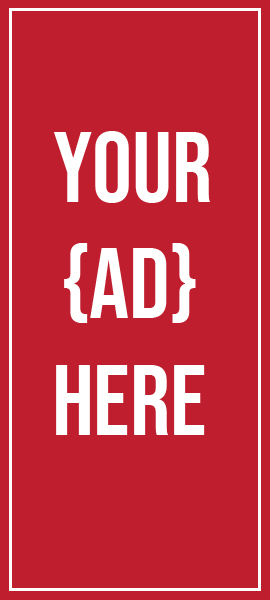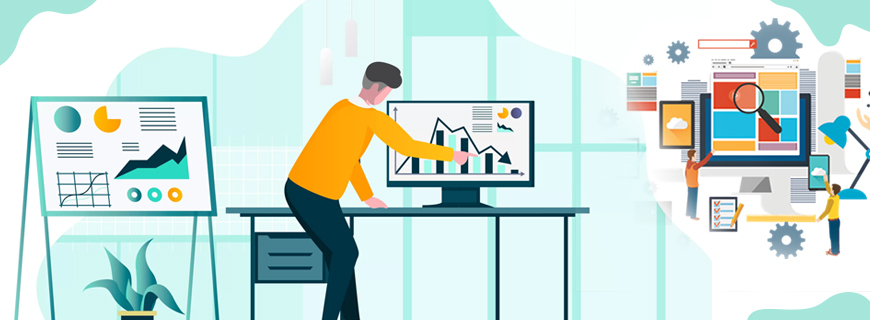
Forecasting
A budget tells us what we can’t afford, but it doesn’t keep you from buying it.
– William Feather
Now that we’ve learned all of these terms, let’s put some of them to use by exploring reasons for budgeting, creating a budget, and comparing budgets to actual expenses. For many of us who have tried to use a budget at home to curtail that internet shopping obsession, you have either discovered how difficult it is to stay within a budget or how much easier it is to stay within your means, using a budget.
Reasons for Budgeting
A budget, in the business world, is like an owner’s plan of action. Such a budget allows for better planning of the business’ expenditures which can be matched to the sales revenue. It is a set of financial goals which can be used in evaluation of the performance of a business, based on whether or not the goals have been met. The budget will also project expectations of cash inflow and outflow as well as other items that are often found on a balance sheet.
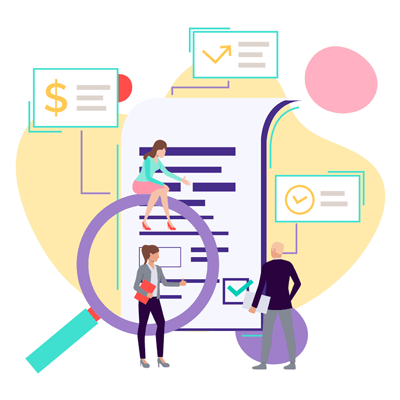
Budgets should be used to look back at previous time periods in order to look forward and make any changes to future time periods before they happen. A master budget should first be developed to include numbers that are based on the expected sales and expenses, and should reflect a specific time such as a month, a quarter, or a year. Budgets also allow for control of spending, which in turn will help prevent overspending.
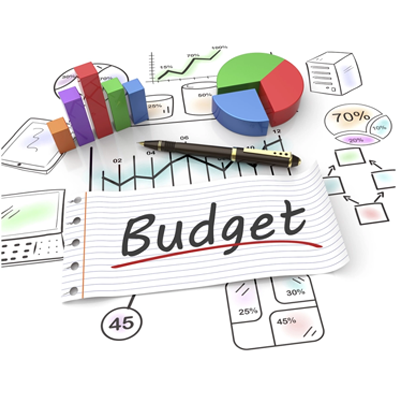
Creating a Budget
Past financial statements are often the best references when creating a budget. Any bank statements, utility bills, and records of income and expenses will help. A list of all sources of income should be kept and updated at all times. Knowing the possible ways that income might be gained will allow a business to create a realistic budget. It might be helpful to combine all sources of income and create a grand total for each month and each year. Expenses should be considered as either fixed expenses or variable expenses. A fixed expense is one that usually does not or should not change, such as rent. A variable expense is one that may vary from time to time, such as a utility bill.
Check the expected monthly income against the expected monthly expenses. Do the same for the year. If the income turns out to be less than the expenses, adjust your expenses. Eliminate any unnecessary expenses if possible. If the income equals more than the expenses, great! Plan to save some of the money your business will have left after expenses. This saved money can be used if ever the income does in fact equal less than the expenses. Once your budget has been created, this is not the end. A budget should be reviewed and updated periodically as changes in income and/or expenses occur.
Comparing Budget to Actual Expenses
While budgets are a projected or expected amount in terms of spending, “actual expense” is the realized amount that was ultimately spent by the end of the period. Expenditures can easily change from the budgeted amount, and revenues (income) might also not reflect what was previously forecasted. For this reason, it is important for businesses to recognize the differences in their budgets as compared to their actual expenses.
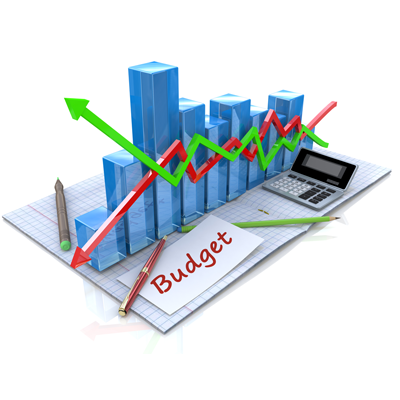
It is very rare that actual expenses will match exactly with the budget at the end of a period. However, this does not mean that budgets are unnecessary; they still provide limits and guidelines to spending before the spending actually occurs. Remember, it can be hard to stop a spending spree once it has begun (all you shoppers should know this quite well) thus, a budget can aid a business in controlling its spending. Looking at actual expenses and comparing them to the initially planned expenses can allow a business to improve its budgeting plans for the future.
